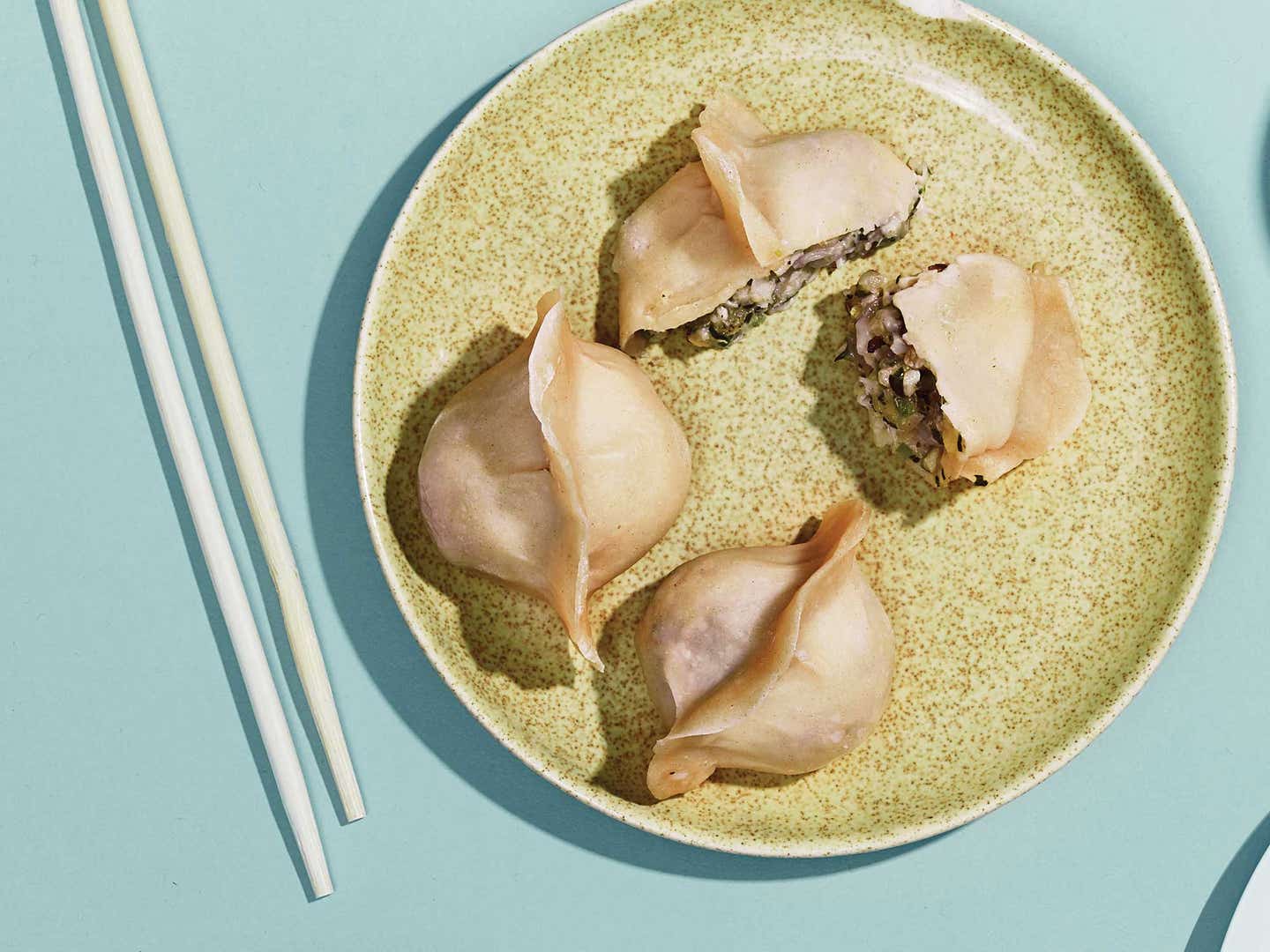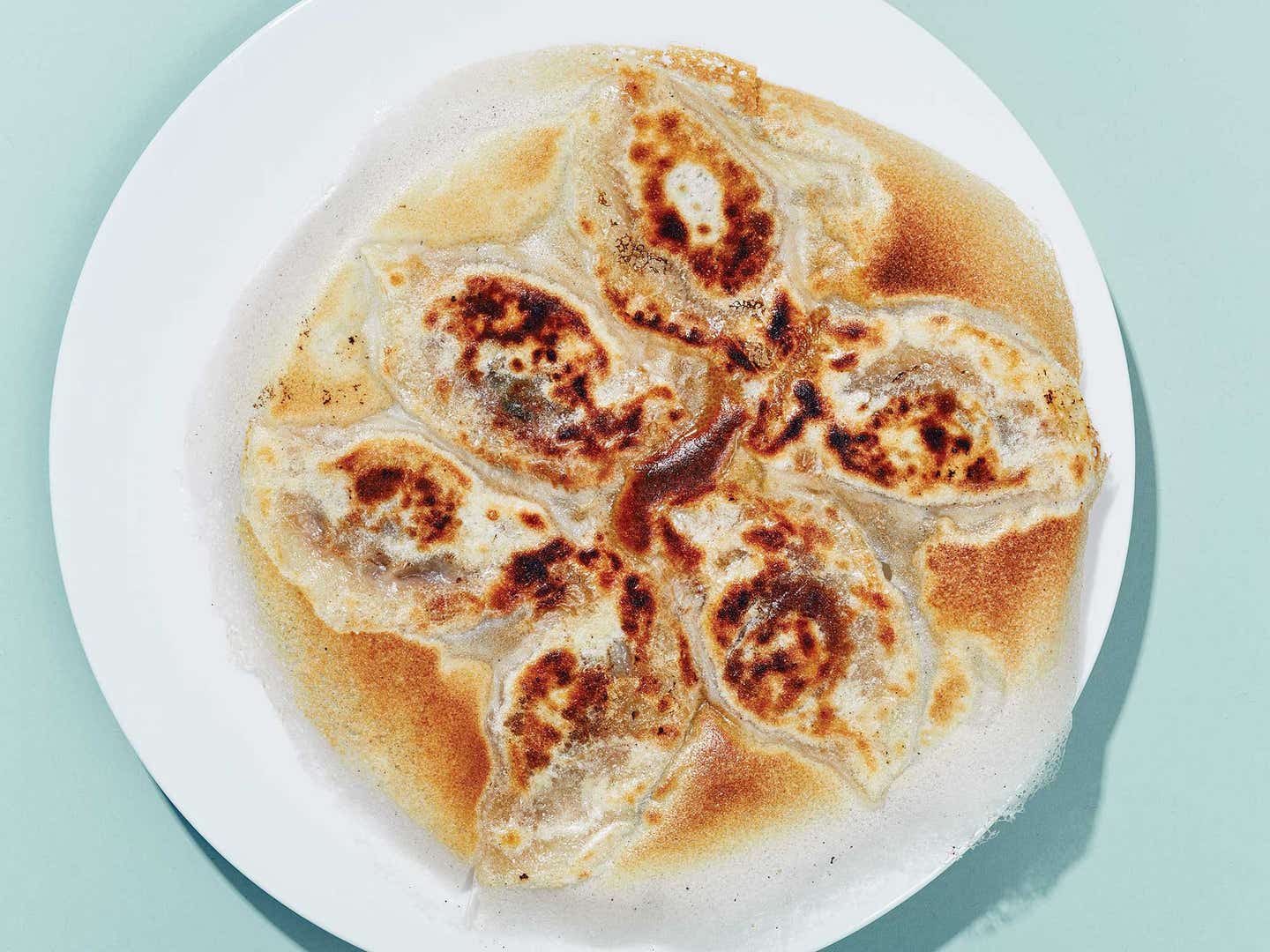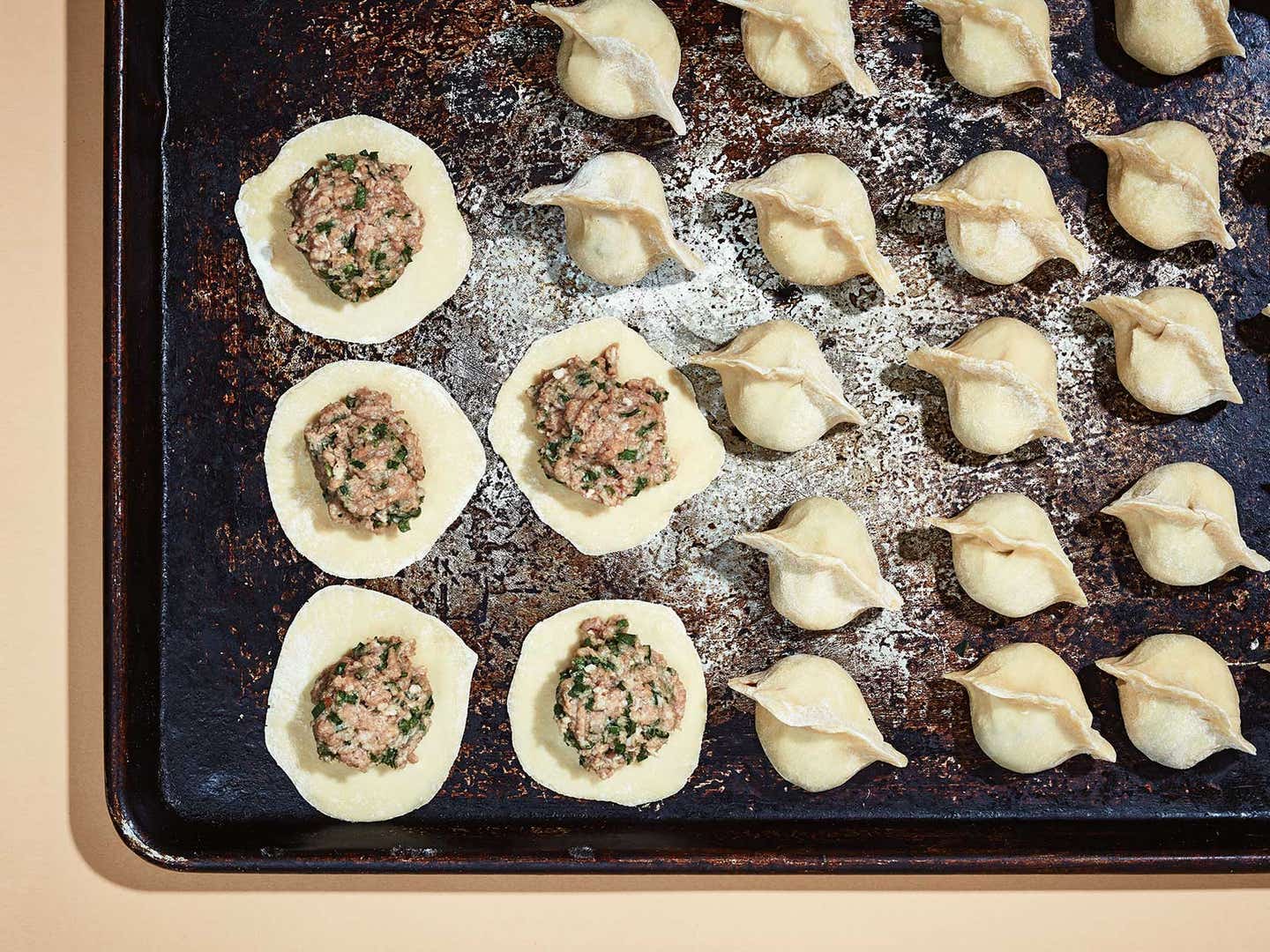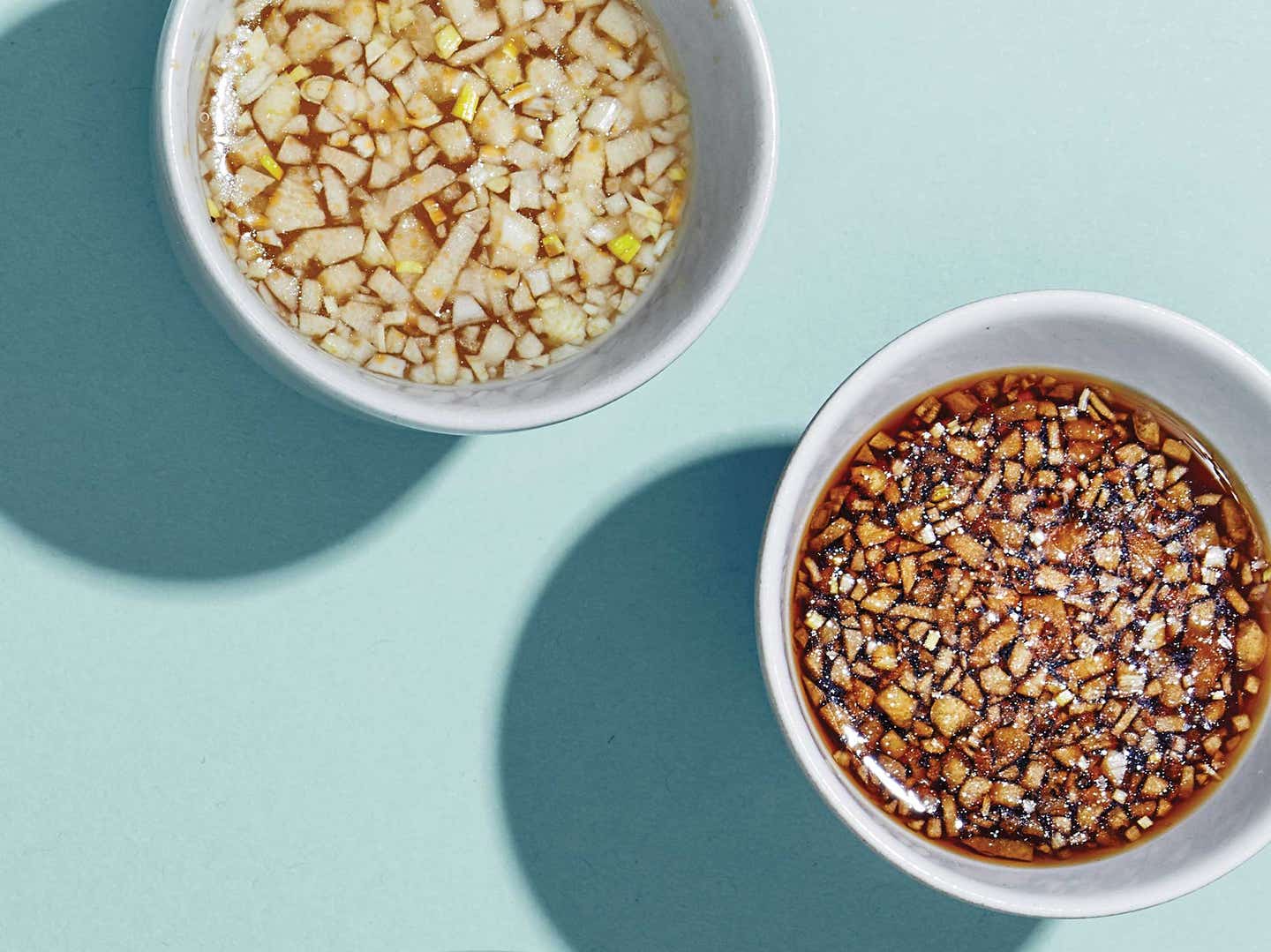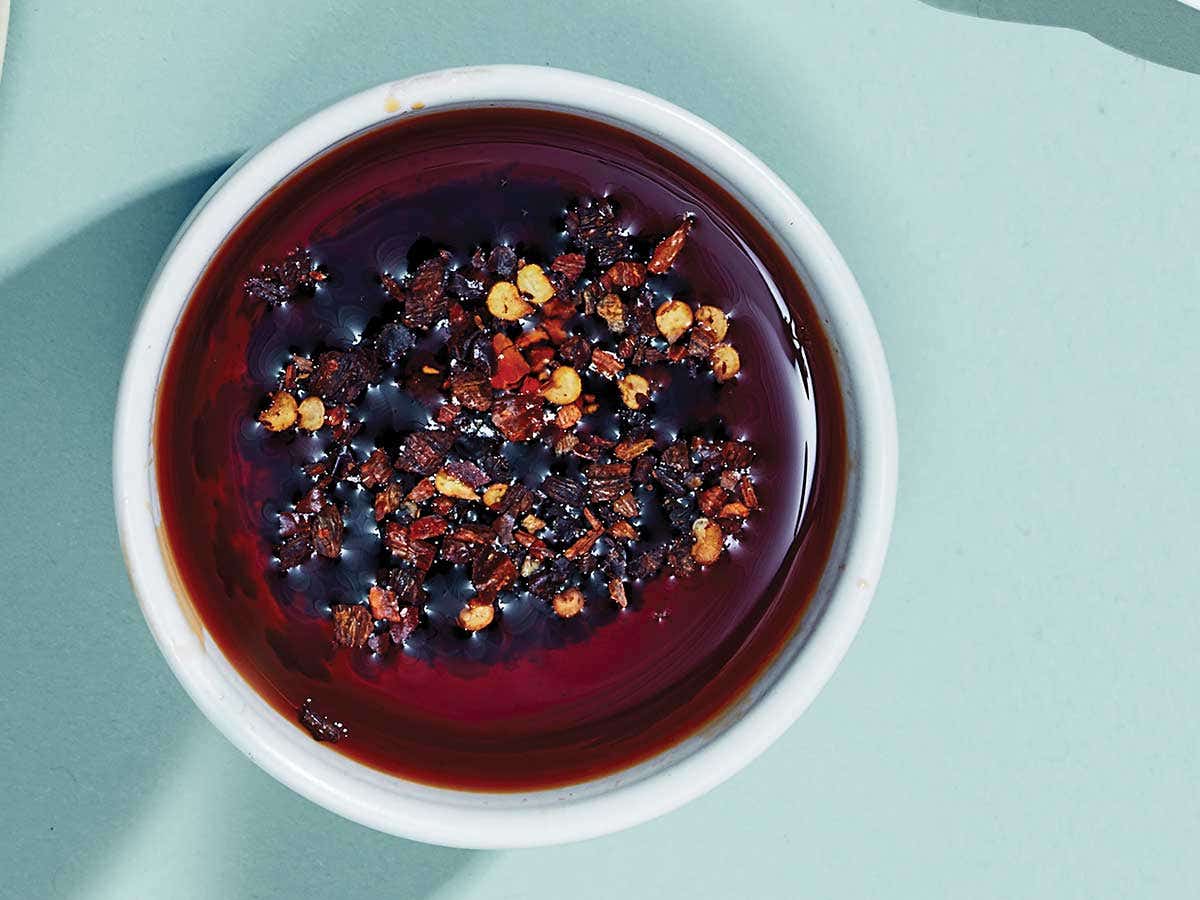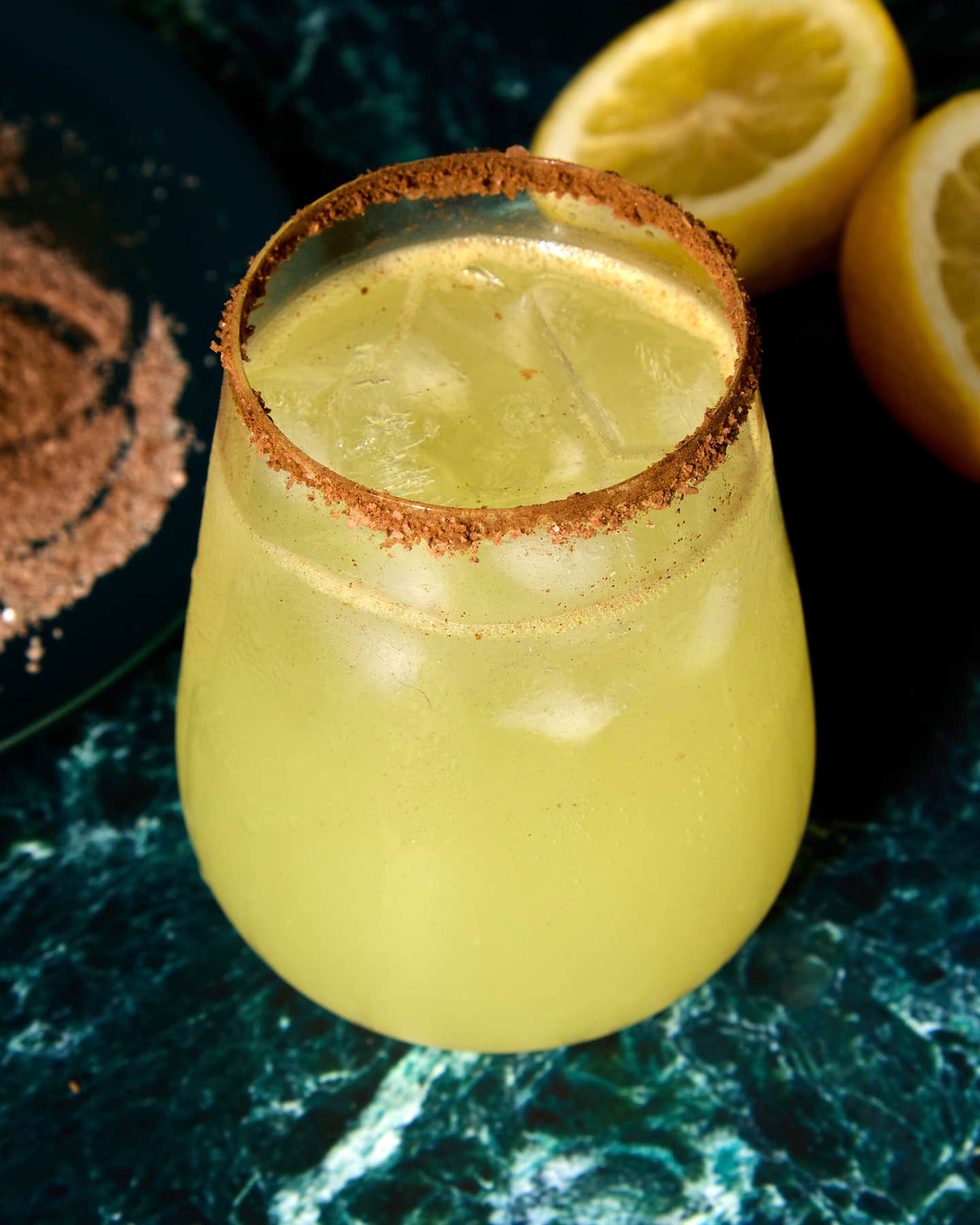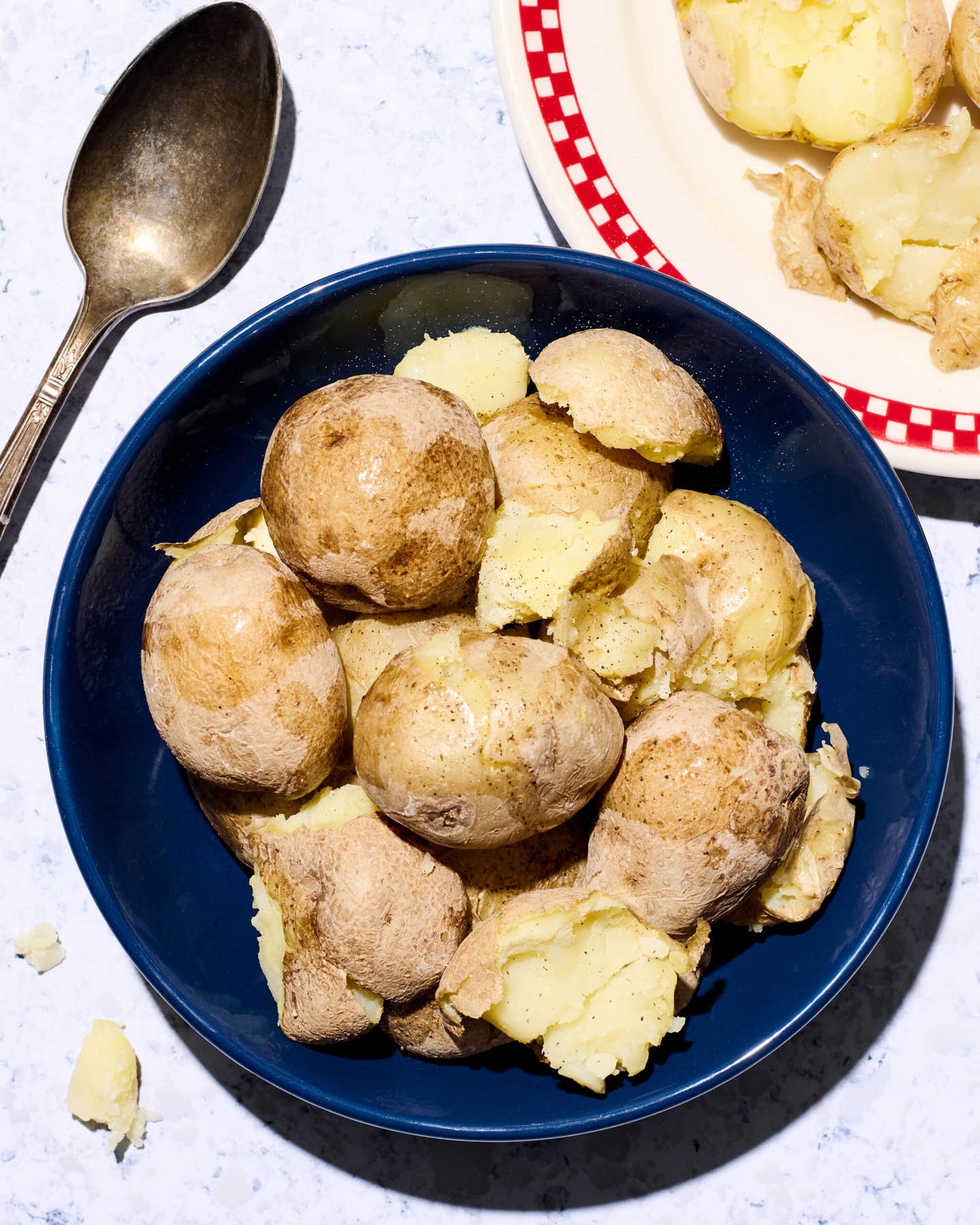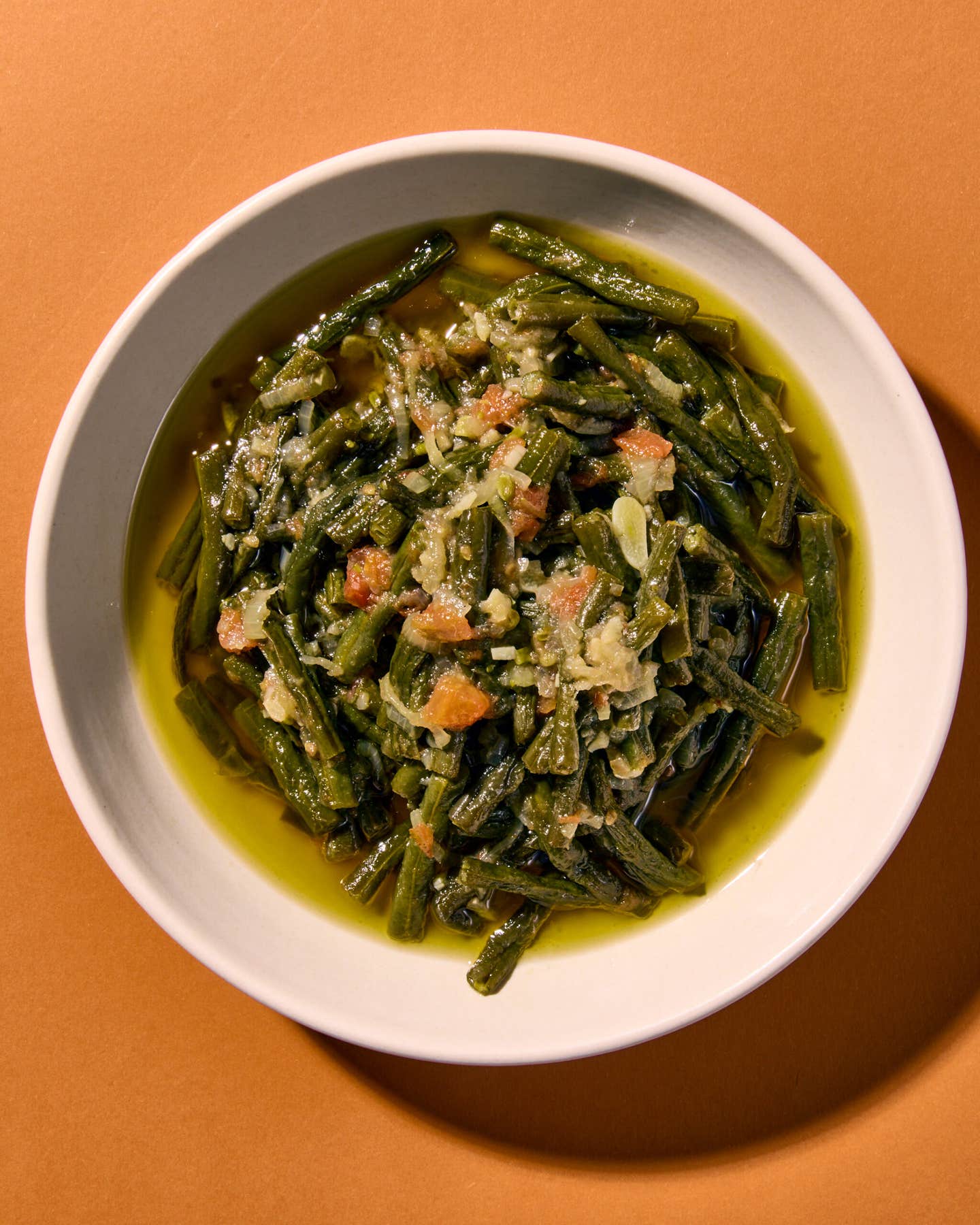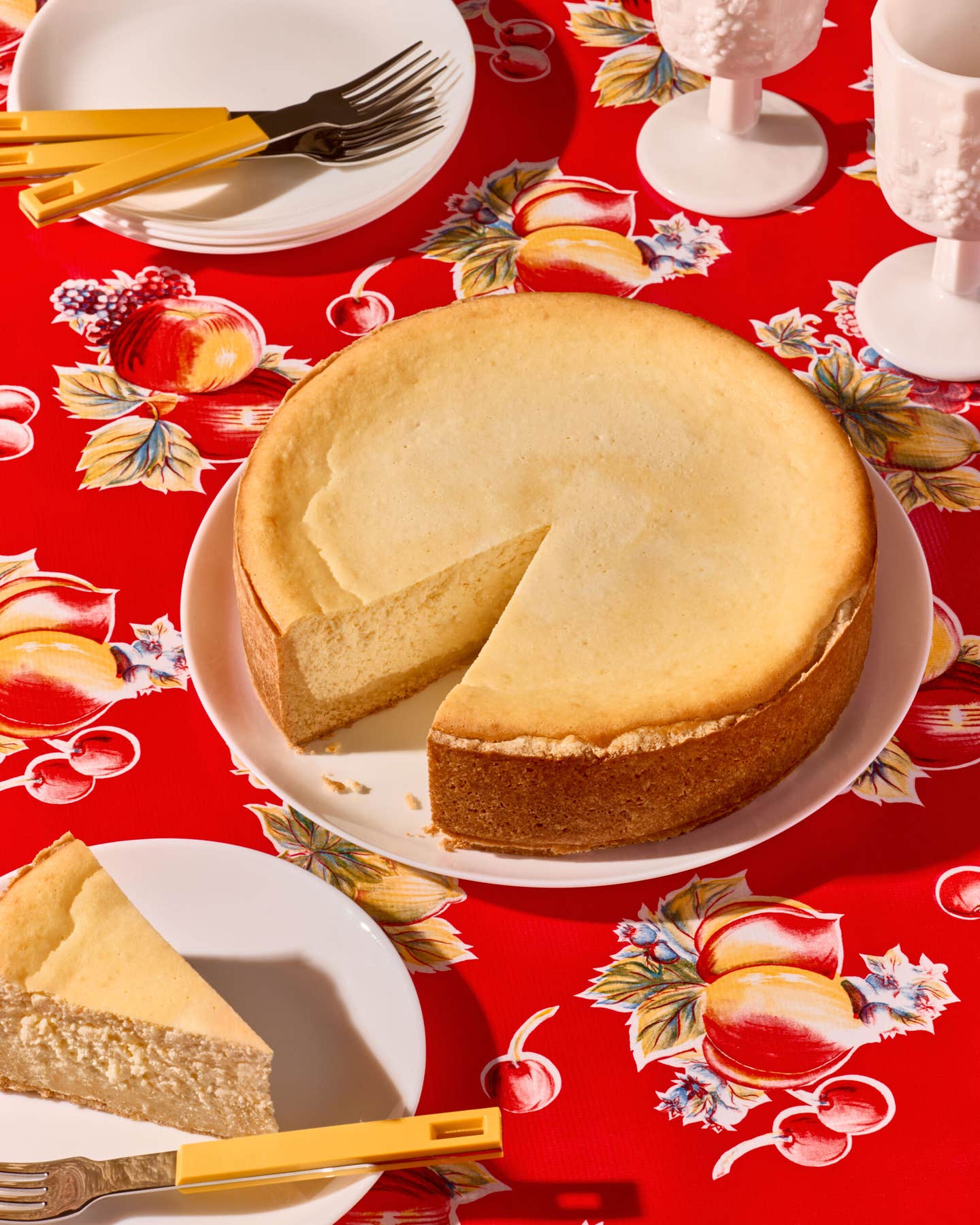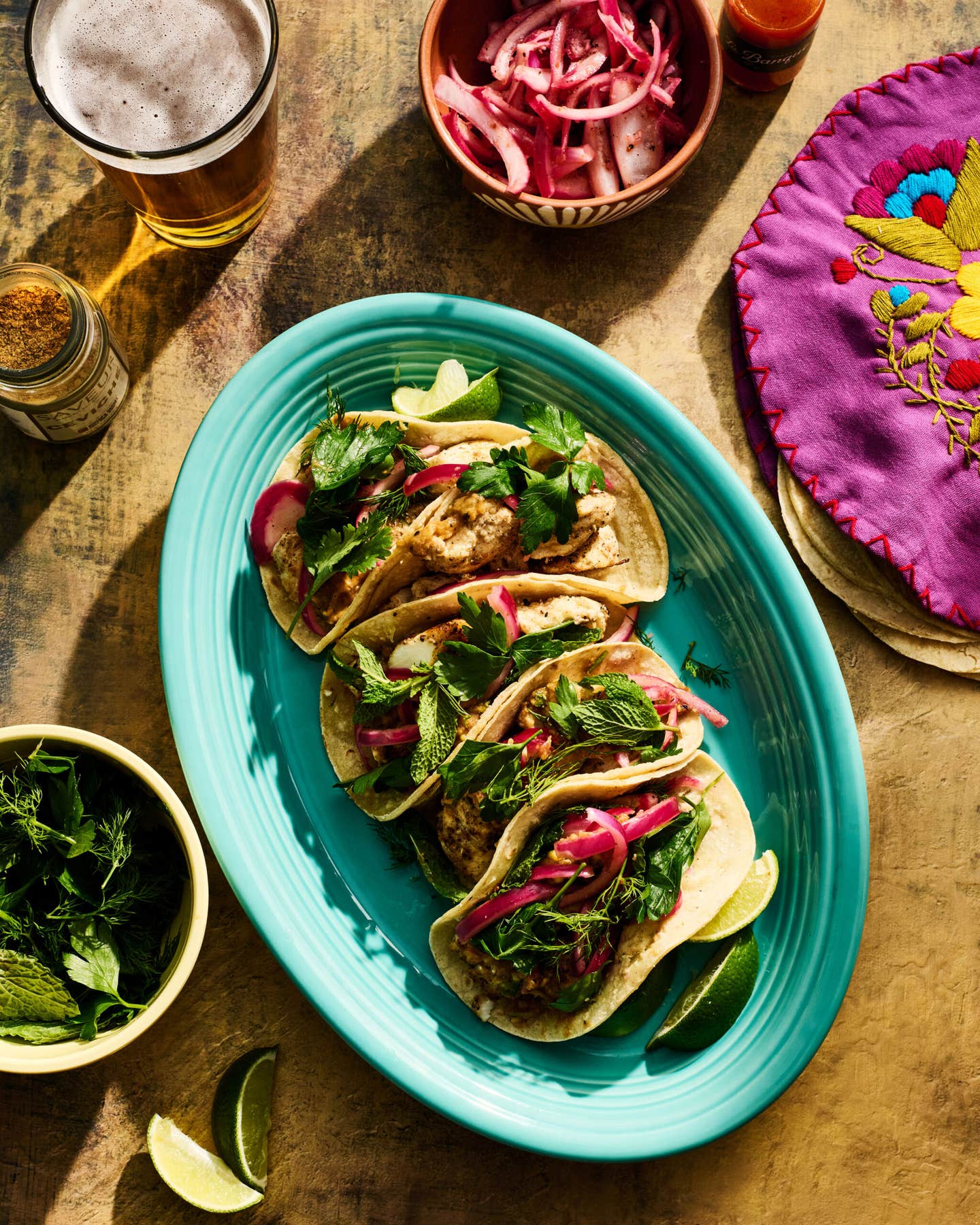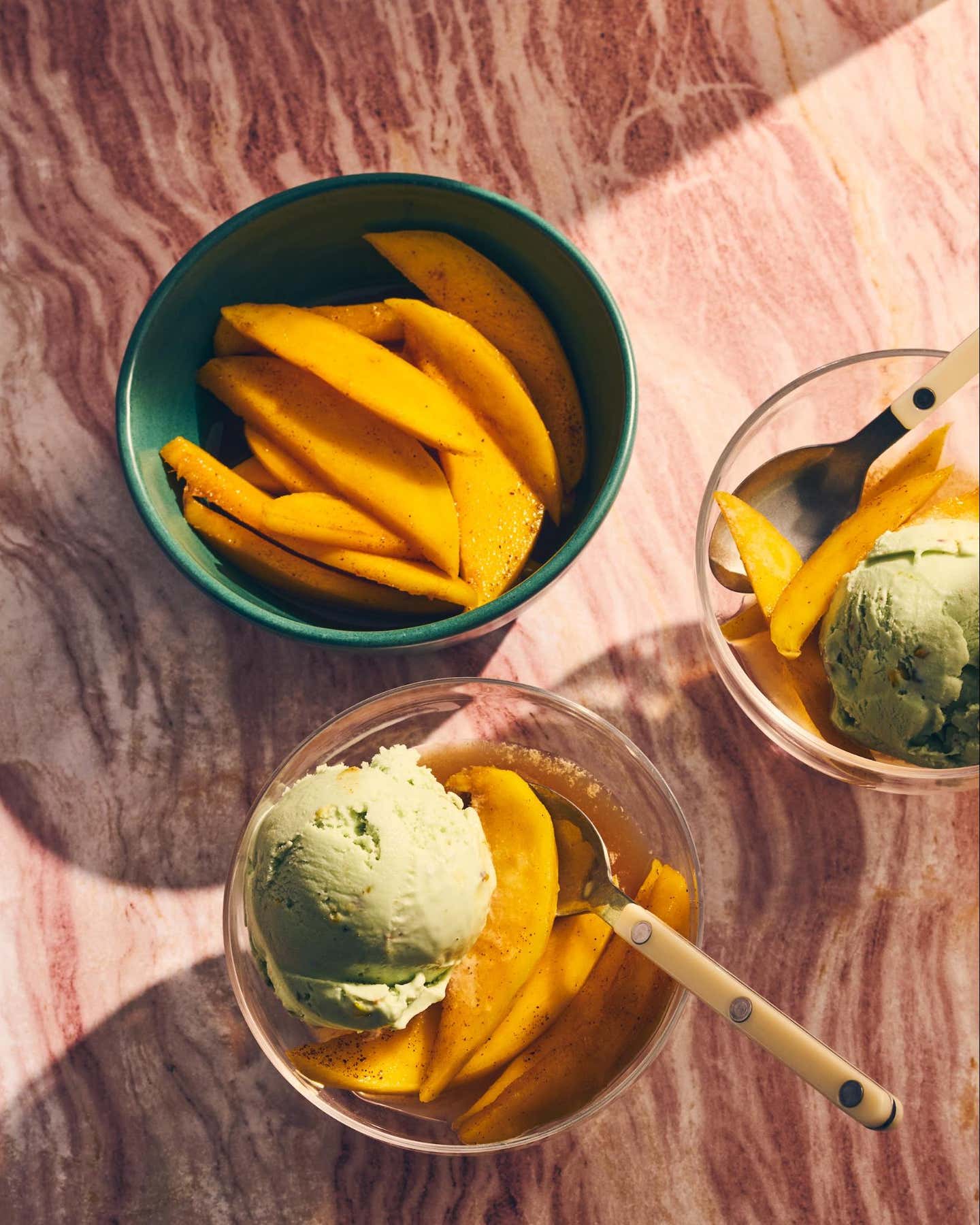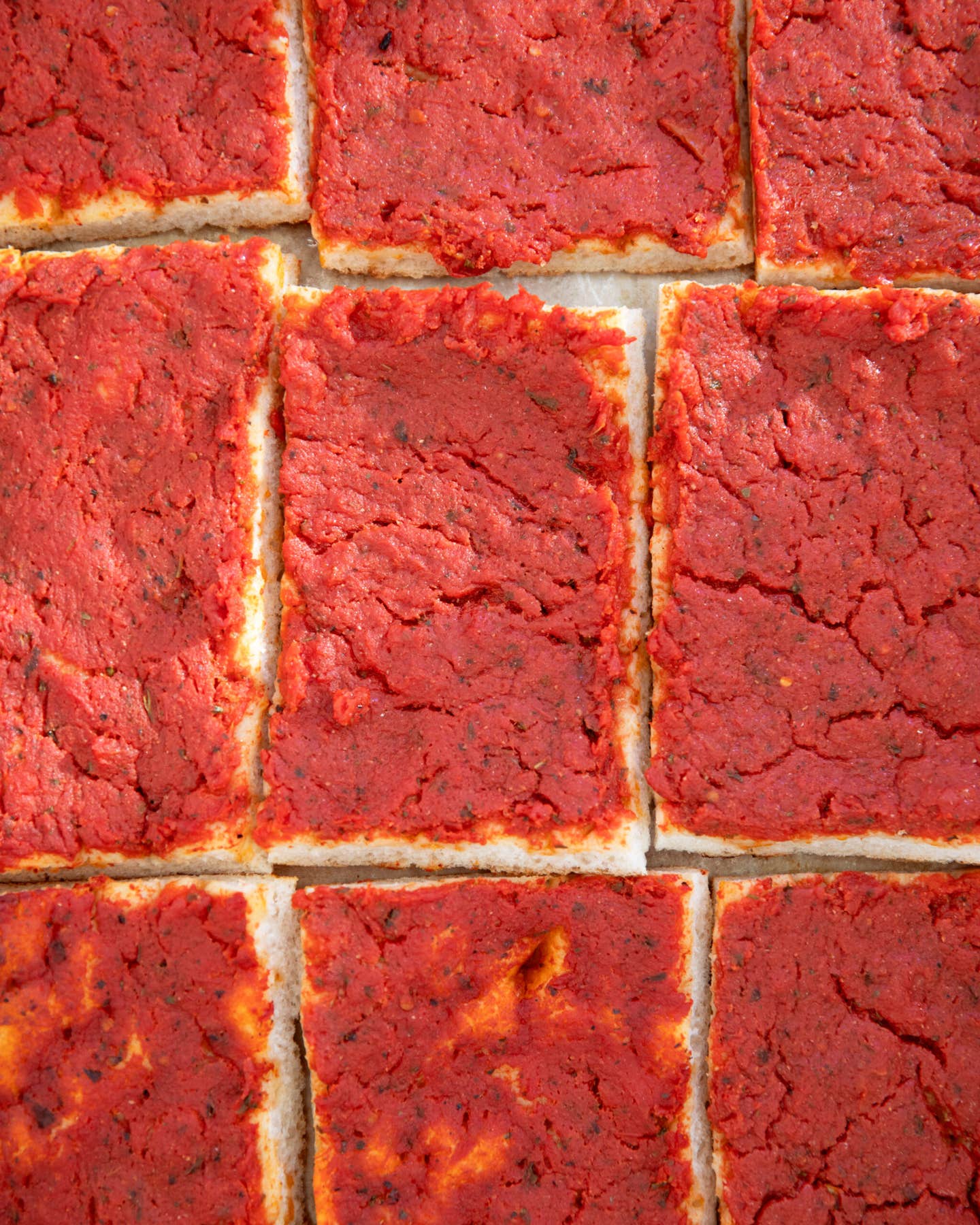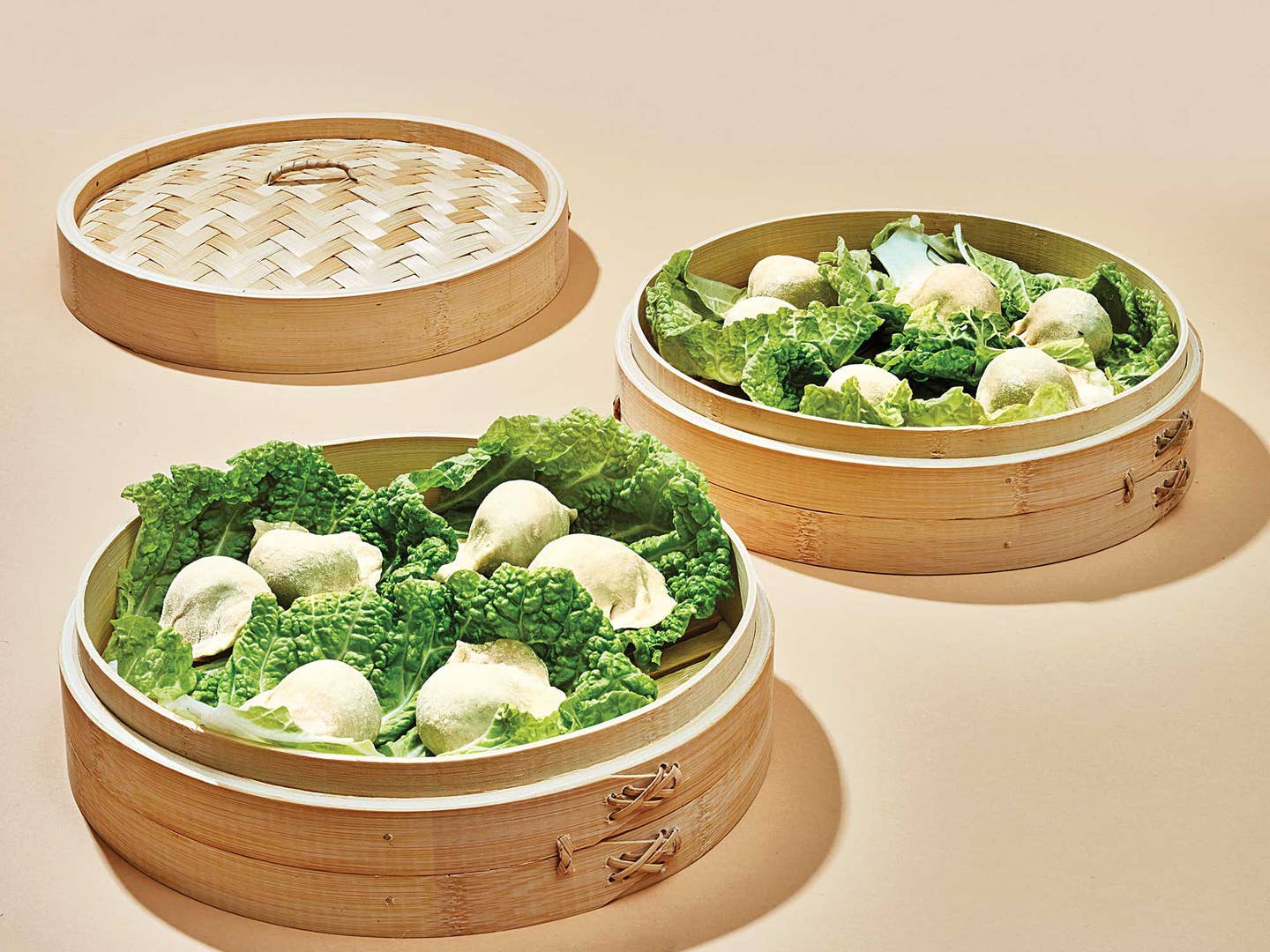
The Complete Guide to Mastering Chinese Dumplings at Home
The recipes, tools, and tips you need for the endlessly adaptable one-bite marvel
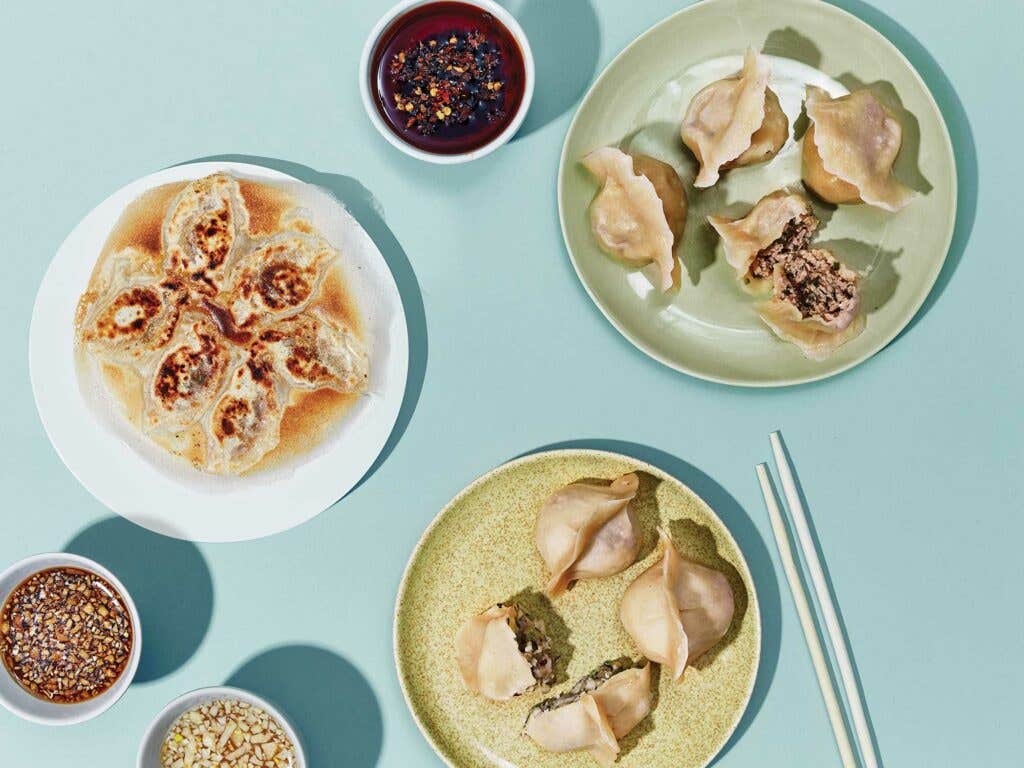
Dumplings may be the perfect food: protein, vegetable, and seasoning all wrapped in a tidy parcel of starch. There’s a reason nearly every culture on Earth makes them. Now, if only they weren’t so tricky to construct.
We're here to tell you they aren't. At Helen's Flushing restaurant, Dumpling Galaxy in Queens, New York, the dumpling menu is 100 items long and the kitchen churns out as many as 10,000 every day. In our new book, The Dumpling Galaxy Cookbook, we've broken down the entire process for home cooks who don't have a staff of dishwashers.
So take a moment. Breathe. Invite some friends over for dinner, and ask them to help you in the kitchen. Dumplings are best shared; the same goes for the labor of making them. The Lunar New Year is just around the corner, so now's the perfect time to throw a dumpling-making party.
Four Rules for Better Dumplings
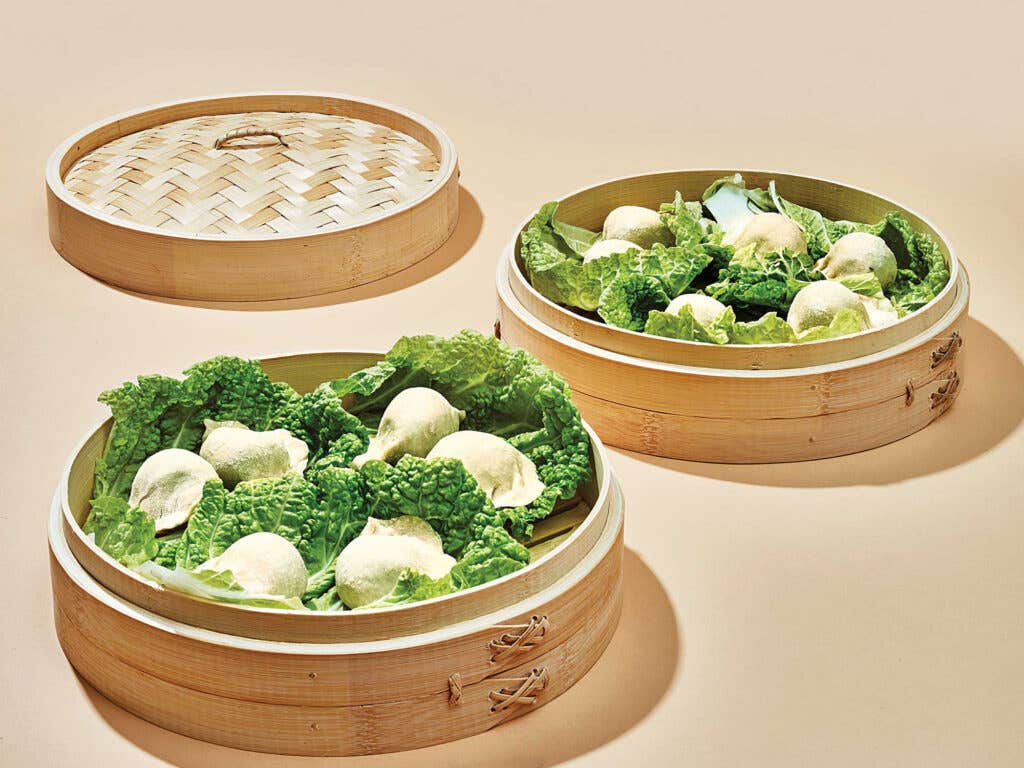
Fresh ingredients matter: No amount of dumpling folding skill or soy sauce can rescue the flavor of wilted chives or low-quality pork. Use the best ingredients you can find.
Veg out: The real star of any dumpling filling isn't the meat; it's the vegetables, which add flavor and moisture. To avoid too much moisture, wring out cooked, watery vegetables in a tea towel or cheesecloth before mixing into your filling.
Fatten up: Dumplings need fat for flavor and texture (lean ground meat turns grainy when cooked). Restaurants typically use meat with 20 to 30 percent fat for a richer dumpling that's also more resistant to overcooking. Have your butcher grind a whole cut of meat: a pork or lamb shoulder, say, or equal parts chicken breasts and thighs.
Mind your mixing: Mix your filling by hand until it develops a slightly tacky quality, which will keep it from falling apart during cooking. But don't overmix: Squeezing the filling through your fingers or mixing until it's completely homogenous will make for an unpleasant and stiff texture.
Make Your Own Chinese Dumpling Dough
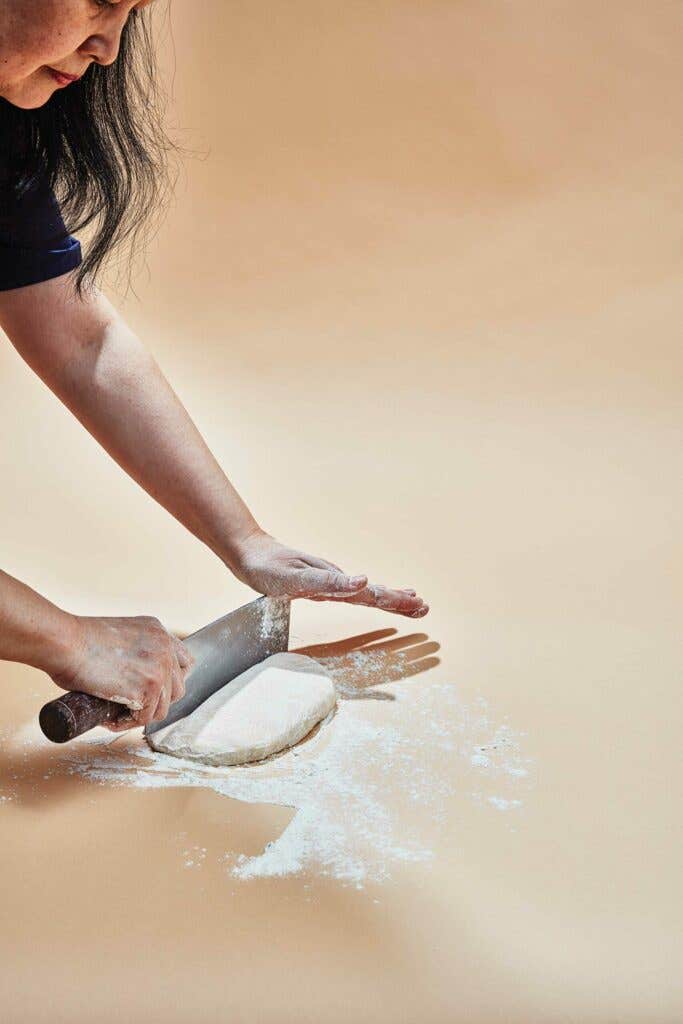
Nothing compares to the lightness and elasticity of homemade dumpling dough. Easy and low-maintenance, it entails no yeast, no fat, and no worries about over- or undermixing.
We use the same dough for boiled and pan-fried dumplings. In addition to water and flour (bleached flour will be easier to work than unbleached), we add salt for subtle flavor and an egg white for greater elasticity.
For steamed dumplings, we begin by mixing a portion of the flour with boiling water. This classic Chinese method precooks some of the starch, resulting in a suppler, stretchier dough that can be rolled more thinly than our boiled and pan-fried dumpling dough (no salt or egg white required).
No matter what dough you use: Don't worry about prettifying your dumplings. As long as they're well sealed and free of air pockets, they will cook deliciously. Back where Helen's from (Tianjin, in northern China), a simple, firm fold is perfectly acceptable.
Almost all dumplings fit into one of three broad categories: the boiled, the steamed, or the pan-fried. Each has its own advantages, but dumplings are flexible creatures. Mix and match your fillings at will.
Boiled: The easiest to make—just throw them in boiling water—this is the most common style in northern China. It's great for red meat fillings and thicker, more rustic wrappers that give you a little resistance on that first nibble.
Steamed: Since they're not knocked around by boiling water, steamed dumplings are more delicate. Made with thinner skins, they often feature beautiful, intricate pleats like you'l find at dim sum in Shanghai or Hong Kong. This method is ideal for leaner seafood and vegetable fillings.
Pan-fried: The most difficult to master—you’ll have to dial in exact cooking times and temperatures based on your particular stove and pan—pan-fried dumplings are bound together with a slurry of flour, water, and vinegar that is poured into the sizzling pan. As the liquid evaporates, the starch fries to a crunchy golden brown, connecting the dumplings with a paper-thin pancake that you crack like a crème brûlée.
Essential Tools to Make Chinese Dumplings
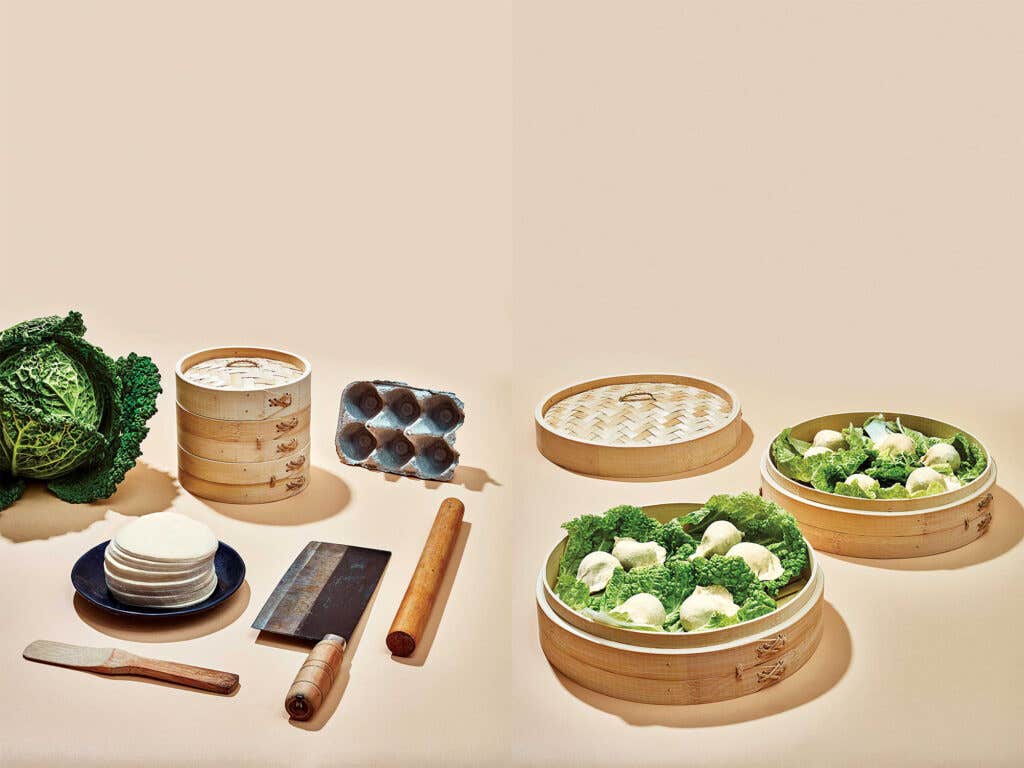
Good dumplings don't require a pantry full of equipment, but a few inexpensive items can lend a helping hand. All of these products, from steamers to paddles, can be easily found online or at your local Asian grocery store.
Dumpling steamer liners: You'll need some sort of insulator to keep dumplings from sticking to the steamer. Cabbage leaves are traditional, but parchment liners—perforated rounds of parchment paper—also work.
Bamboo steamers: Find a classic bamboo steamer big enough to fit over your widest pot: The wider it is, the more dumplings you can cook at once. Steamed dumplings need space—about an inch between each—but with a 12-inch, two-level steamer, you can easily cook two dozen at once.
Egg cartons: Dust an empty carton with flour and store your just-formed raw dumplings in it to preserve their shape before cooking.
Dumpling wrappers: While store-bought wrappers will never replicate fresh, they're a handy shortcut we support. Helen's preferred brand is Twin Marquis, made in New York City. (It's better to have mostly homemade dumplings than no dumplings at all.)
Cleaver or dough scraper: Evenly cooked dumplings are made with accurately portioned dough, which is best cut with a wide, flat blade dusted with flour to keep everything from sticking.
Asian-style rolling pin: Forgo hefty Western rolling pins. Seek out a smaller, foot-long, 1-inch-wide dowel.
Dumpling filling paddle: A far better tool than a measuring spoon—no scooping raw meat with your fingers—these paddles help cut and portion filling evenly.
Chinese Dumpling Recipes
Pan-Fried Spicy Beef Dumplings
In these delightfully rich dumplings, homemade or store-bought chile oil is balanced by freshness from scallions and ginger and sweetness from oyster sauce. To maximize the crispy surface area, stretch and arc the shape of the raw dumpling slightly. Get the recipe for Pan-Fried Spicy Beef Dumplings »
Raw Garlic Sauce
This sauce adds plenty of kick to your dumplings without overpowering them. It’ll mellow as it sits in the refrigerator. Get the recipe for Raw Garlic Sauce »
Keep Reading
Continue to Next Story
